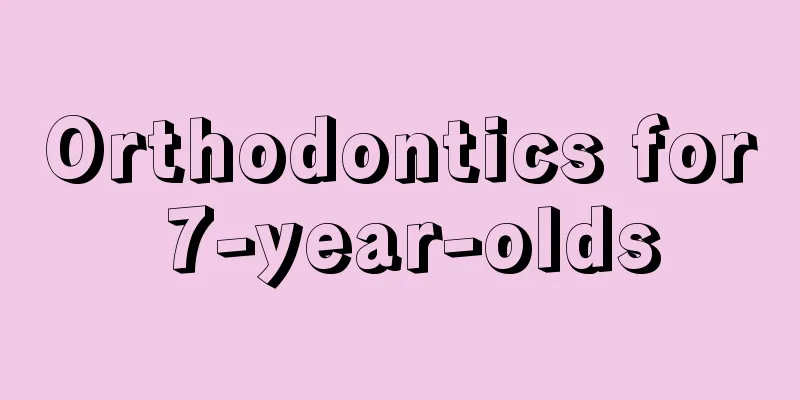What are the characteristics of developmental disabilities in children?

|
Children are always the most beloved ones in the family and are also the ones that parents attach great importance to. Parents attach great importance to the brain development of intelligence, art, music and other projects, so that children can adapt to the rapid development of society. However, many problems will be found in the growth of children. The more serious one is the stunted development of children. Many parents do not pay attention to the characteristics of the disease, which leads to the aggravation of the problem of stunted development of children. So what are the characteristics of stunted development of children? 1. Intellectual disabilities and perceptual disorders: Among all children with brain dysplasia, about 1/4 have normal intelligence, about 1/2 have mild or moderate intellectual disabilities, and about 1/4 have severe intellectual disabilities. Perceptual disorders: Most patients are allergic or unresponsive to stimuli; some experience fixed perception, disordered background and graphics. 2. Visual and hearing impairment: Many children with brain dysplasia have myopia or strabismus, among which esotropia is the most common. Hearing loss is more common in athetoid cerebral dysplasia. Children with poor brain development often have difficulty distinguishing the rhythm of sounds. 3. Growth and development disorders: Some children with mild cerebral dysplasia may have basically or nearly normal growth and development, but most children with cerebral dysplasia are shorter than normal children of the same age and their growth and development appear to be lagging behind. 4. Language disorders: Most children with cerebral dysplasia may have varying degrees of language disorders, some of which manifest as difficulty in language expression or word formation, some as unclear pronunciation or stuttering, and some even as aphasia, that is, they can understand other people's language but cannot speak themselves. This situation is particularly common in children with athetoid cerebral dysplasia. 5. Postural disorders: Children with cerebral dysplasia have abnormal body postures, poor posture stability, awkward postures when exercising or at rest, and asymmetry between the left and right sides. In some severe cases, the head is often not in an upright central position like that of normal children, but tends to lean to one side, or sway left and right, front and back. 6. Epilepsy: About 39%-50% of children with cerebral dysplasia suffer from epilepsy due to fixed lesions in the brain. The incidence of epilepsy is particularly high in children with severe intellectual disability. There are many characteristics of developmental disorders in children, with intelligence being the most obvious. However, the resulting brain damage will increase, and language, expression ability, hearing, etc. will also be affected. Severe patients will have more symptoms and the damage to the patients will also be greater. Therefore, we should observe and analyze the children's shortcomings more as they grow up. We must not misdiagnose the disease, as this will endanger the children's development throughout their lives. |
<<: What diseases should be distinguished from the developmental stunting of little girls?
>>: What is the cause of testicular dysplasia in boys?
Recommend
Treatment of urinary incontinence in children
Urinary incontinence in children brings great pai...
Baby's esotropia
Nowadays, many children may develop myopia becaus...
Newborn baby is sleepy and not willing to feed
When it comes to the issue of newborn sleepiness,...
Why does my baby not like to sleep?
Babies’ reluctance to sleep can be a headache for...
Reasons why children cry during nap
In life, many parents find it difficult to comfor...
Does the router have any effect on babies?
The Internet has penetrated deeper and deeper int...
Is the baby's head shape natural or caused by sleep?
Many people may have the impression that babies l...
What to do if your baby is slow to eat
Babies do not all feed at the same speed. Under n...
What to do with children's smegma
There are many common diseases among children. To...
What should you do if your child is frightened?
If a child is frightened, parents must handle the...
Treatment methods for cerebral palsy in children
Have you ever met someone who is slow to react or...
The reason why babies have moles
Generally speaking, moles are caused by the diffe...
The reason why newborns only sleep and don't eat milk
Pregnancy is a big event for women, and giving bi...
What should children eat if they lack vitamins?
Children's physical health is the issue that ...
Can’t children have their hair cut in May?
Different parents have different ways of dealing ...









